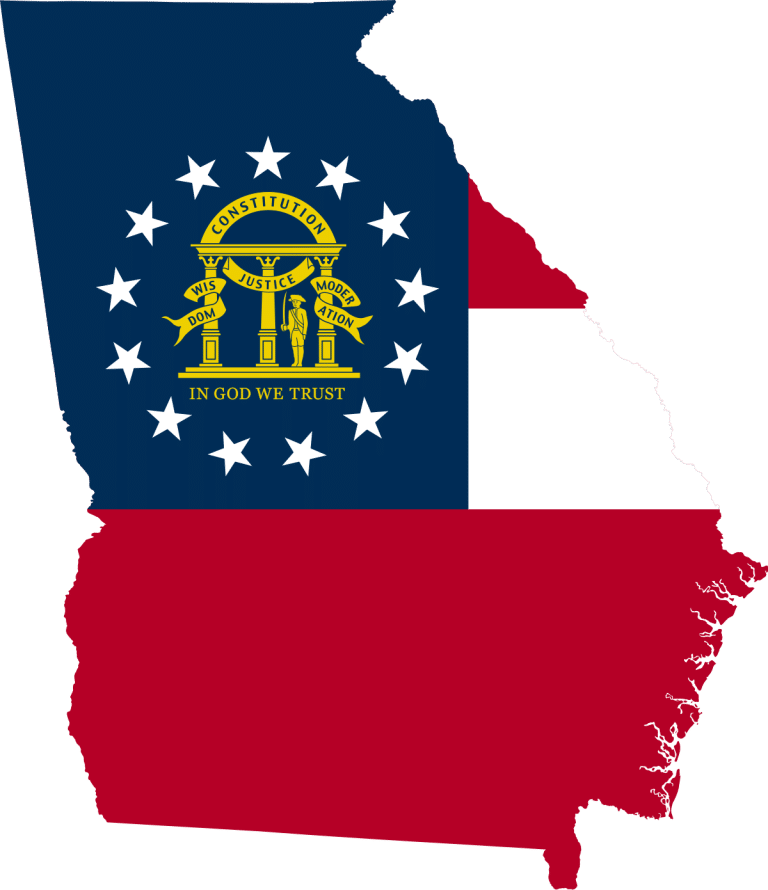Anonymous user’s fake credentials experiment goes viral, sparking widespread debate about professional integrity and verification gaps
A LinkedIn user’s admission that he fabricated a Harvard MBA degree on his profile “just for fun” has ignited a fierce online debate about credential fraud, professional ethics, and the vulnerabilities in social media verification systems.
Key Story Snippets
- The Experiment: User claimed he “gave himself” a Harvard MBA on LinkedIn, stating “there’s no verification process”
- The Results: Reported increased recruiter interest and direct messages praising his “impressive academic background”
- The Backlash: Post went viral with millions of views, drawing harsh criticism and legal warnings
- The Warning: U.S. attorney SMB Attorney issued stern advice: “Guys, do not do this. And, yes, this is legal advice”
Why This Matters
Professional Integrity Crisis
The incident highlights a growing problem in professional networking where fake LinkedIn profiles are on the rise, with one in five individuals have lied about their university degree to secure employment, according to Cifas research. The case demonstrates how easily credentials can be fabricated on platforms millions of professionals use for career advancement.
Legal and Financial Risks
- Criminal Consequences: While lying on LinkedIn may not be directly illegal, creating fake official credentials constitutes fraud
- Career Destruction: Background checks by companies like Sterling verify educational records, and credential fabrication can lead to immediate dismissal
- Corporate Liability: Employers who hire unqualified candidates face potential legal exposure, particularly in regulated industries
- Financial Impact: The Association of Certified Fraud Examiners reports fake degree frauds cost businesses a minimum of $117,000 and go undetected for at least 12 months
Platform Vulnerability
The experiment exposed LinkedIn’s lack of robust verification systems for educational credentials, raising questions about the platform’s responsibility to prevent professional misrepresentation among its 900+ million users.
Industry Response
Recruitment Professionals emphasized that thorough background verification remains standard practice, with one hiring manager noting: “Making a mistake by a month or two on a job timeline is one thing, but substantially lying about your credentials is foolish.”
Legal Experts clarified the distinction between platform exaggeration and criminal fraud, warning that while LinkedIn misrepresentation might not violate platform rules, fabricating official documents crosses into illegal territory.
Harvard Alumni expressed frustration over ongoing misuse of the institution’s brand, with legitimate graduates reporting frequent encounters with individuals falsely claiming Harvard connections or inflating executive education certificates as full degrees.
Summary
This viral LinkedIn stunt has crystallized broader concerns about credential fraud in the digital age, where AI tools make falsification easier while verification systems lag behind. The incident serves as a stark reminder that professional integrity extends beyond legal compliance to encompass ethical responsibility, career sustainability, and trust in professional networks.
The case has prompted renewed calls for stronger verification protocols on professional platforms and highlighted the ongoing tension between accessibility and authenticity in digital professional branding—a concern that extends even to academic institutions themselves facing dishonesty scandals.
Bottom Line: While the perpetrator may have gained temporary attention, experts warn that such stunts represent career suicide disguised as clever marketing, with potential legal consequences that far outweigh any short-term networking benefits.





